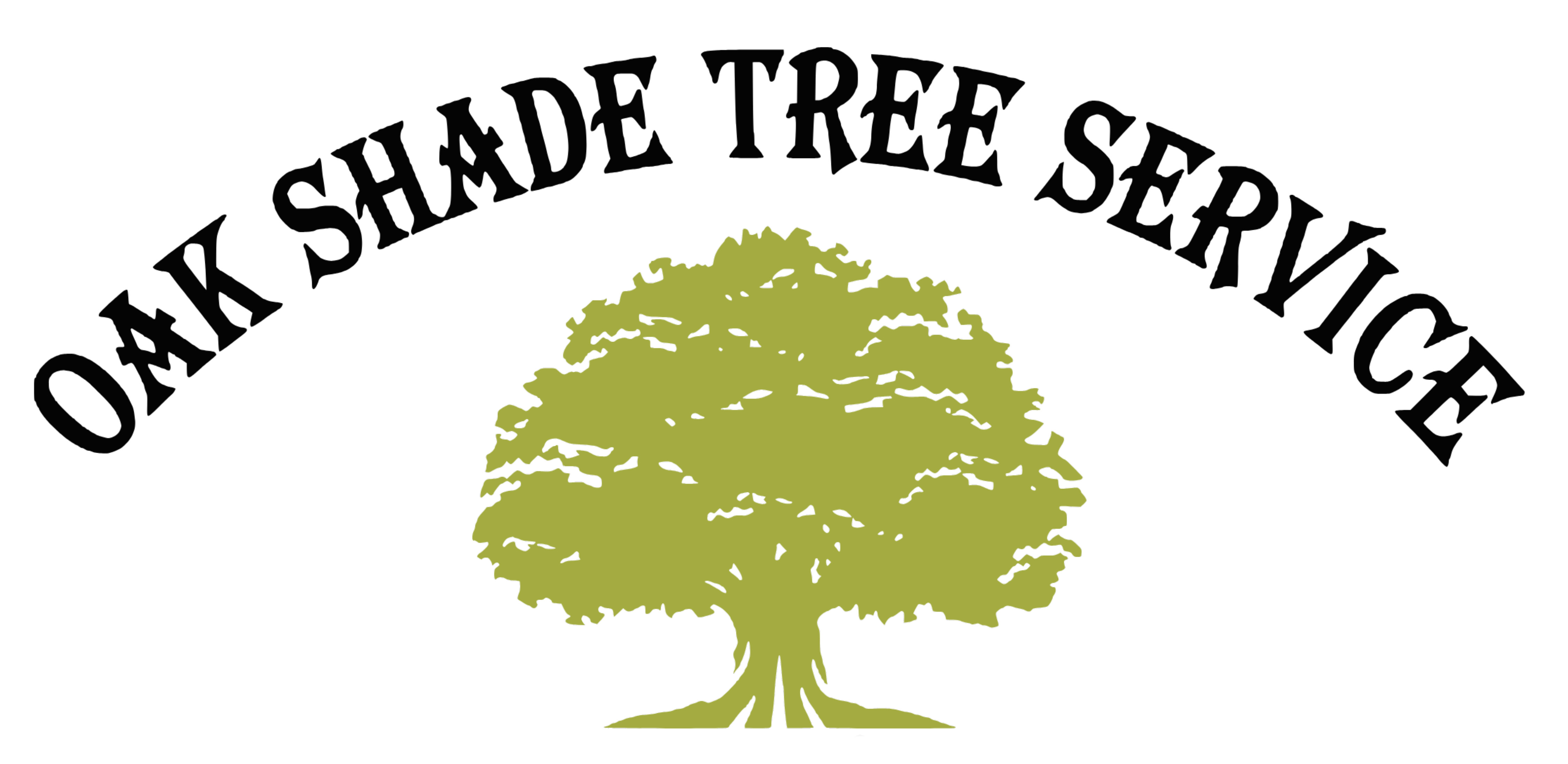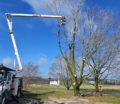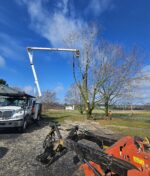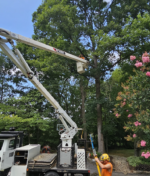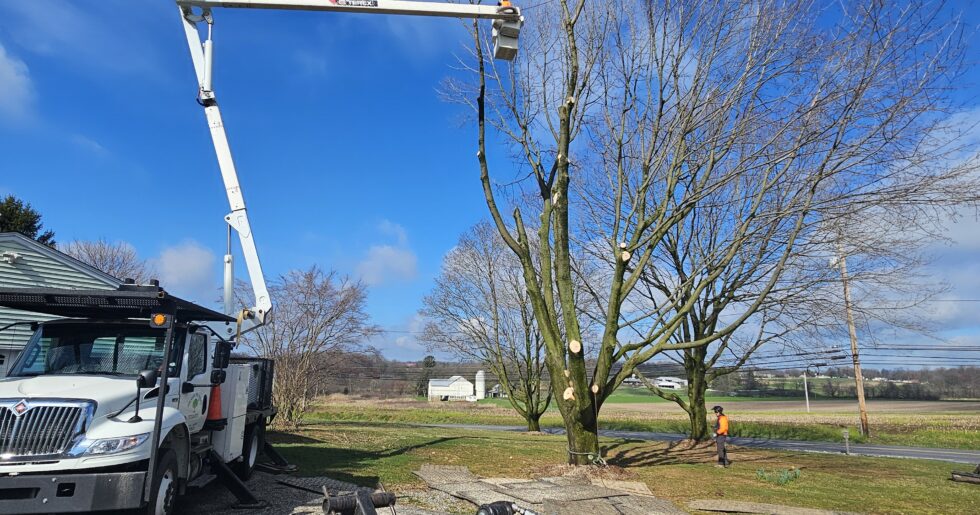
Tree topping is a harmful tree-pruning practice where the top of the tree’s crown is removed, cutting off the main branches, often leaving large, bare stubs. This is typically done to reduce the height of the tree, but it leads to numerous negative consequences for the tree’s health and structure.
Why Tree Topping is Bad:
- Weakens the Tree: Tree topping removes a large portion of the tree’s leaf-bearing crown, which reduces the tree’s ability to photosynthesize and create food. This stresses the tree, weakening its overall health.
- Promotes Weak, Rapid Growth: In response to the loss of its crown, a topped tree will produce many fast-growing shoots called “water sprouts” or “suckers.” These new shoots are weakly attached, grow rapidly, and are prone to breaking off in storms or high winds.
- Increases Susceptibility to Pests and Diseases: Large open wounds caused by topping don’t heal properly and expose the tree to infections, pests, and decay. The tree’s natural defense systems are overwhelmed by the extent of the damage.
- Destroys the Tree’s Natural Shape: Topping removes the tree’s natural, balanced form, often leaving it disfigured. The growth that follows will often be uneven and unnatural, further damaging the tree’s aesthetics.
- Shortens Tree Lifespan: Topping can accelerate a tree’s decline, as it becomes stressed, prone to decay, and loses its structural integrity. Many topped trees die prematurely because they are unable to recover from the extreme damage.
- Expensive in the Long Term: Topping often requires ongoing maintenance as new growth becomes problematic. Additionally, trees that die or become dangerous due to topping may need to be removed, which can be costly.
Proper pruning should focus on maintaining the tree’s structure and health without compromising its natural shape or function. Topping does the opposite and is widely considered an unsafe and destructive practice.
